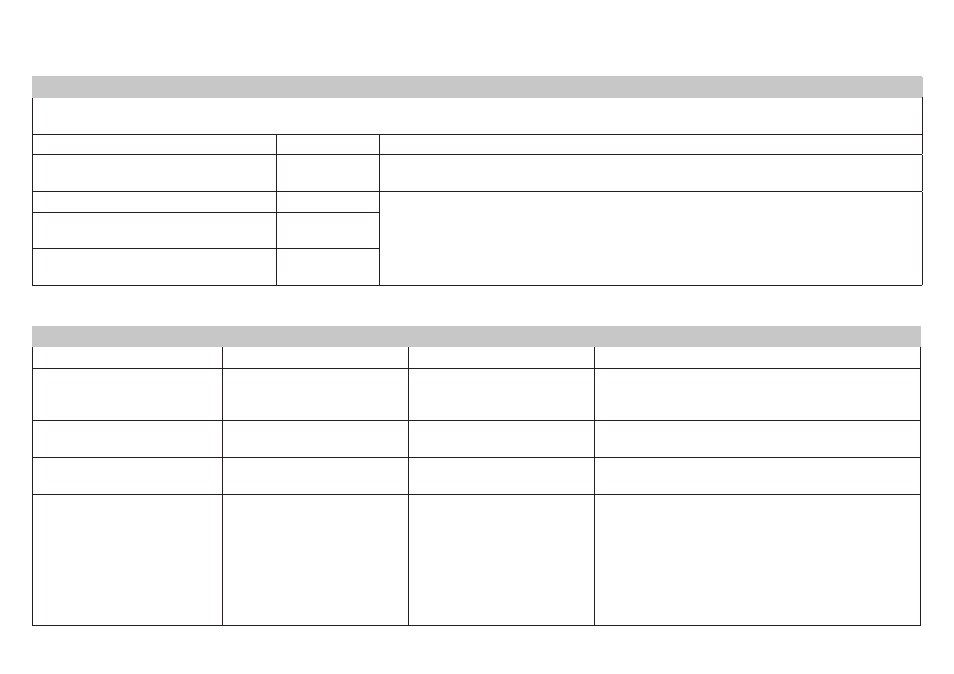Electromagnetic compatibility information – Beurer BM 40 User Manual
Page 90

90
Electromagnetic Compatibility Information
Table 1
Guidance and declaration of manufacturer – electromagnetic emissions
The device is intended for use in the electromagnetic environment specifi ed below. The customer or the user of the device should assure that it
is used in such an environment.
Emissions test
Compliance
Electromagnetic environment – guidance
RF emissions CISPR 11
Group 1
The device uses RF energy only for its internal function. Therefore, its emissions are
very low and are not likely to cause any interference in nearby electronic equipment.
RF emissions CISPR 11
Class B
The device is suitable for use in all establishments, including domestic establishments
and those directly connected to the public low-voltage power supply network that sup-
plies buildings used for domestic purposes.
Harmonic emissions
IEC 61000-3-2
Class A
Voltage fl uctuations/fl icker emissions
IEC 61000-3-3
Compliance
Table 2
Guidance and declaration of manufacturer – electromagnetic immunity
Immunity test
IEC 60601 test level
Compliance level
Electromagnetic environment – guidance
Electrostatic discharge (ESD)
IEC 61000-4-2
± 6 kV contact
± 8 kV air
± 6 kV contact
± 8 kV air
Floors should be wood, concrete or ceramic tile. If
fl oors are covered with synthetic material, the rela-
tive humidity should be at least 30 %.
Electrical fast transient/burst
IEC 61000-4-4
± 2 kV for power supply lines ± 2 kV for power supply lines
Mains power quality should be that of a typical
commercial or hospital environment.
Surge
IEC 61000-4-5
± 1 kV line(s) to line(s)
± 1 kV line(s) to line(s)
Mains power quality should be that of a typical
commercial or hospital environment.
Voltage dips, short interrup-
tions and voltage variations
on power supply input lines
IEC 61000-4-11
<5 % U
T
(>95 % dip in U
T
)
for 0.5 cycle
40 % U
T
(60 % dip in U
T
)
for 5 cycles
70 % U
T
(30 % dip in U
T
)
for 25 cycles
<5 % U
T
(>95 % dip in U
T
)
for 5 s
<5 % U
T
(>95 % dip in U
T
)
for 0.5 cycle
40 % U
T
(60 % dip in U
T
)
for 5 cycles
70 % U
T
(30 % dip in U
T
)
for 25 cycles
<5 % U
T
(>95 % dip in U
T
)
for 5 s
Mains power quality should be that of a typical
commercial or hospital environment. If the user
of the device requires continued operation during
power mains interruptions, it is recommended that
the device be powered from an uninterruptible
power supply or a battery.